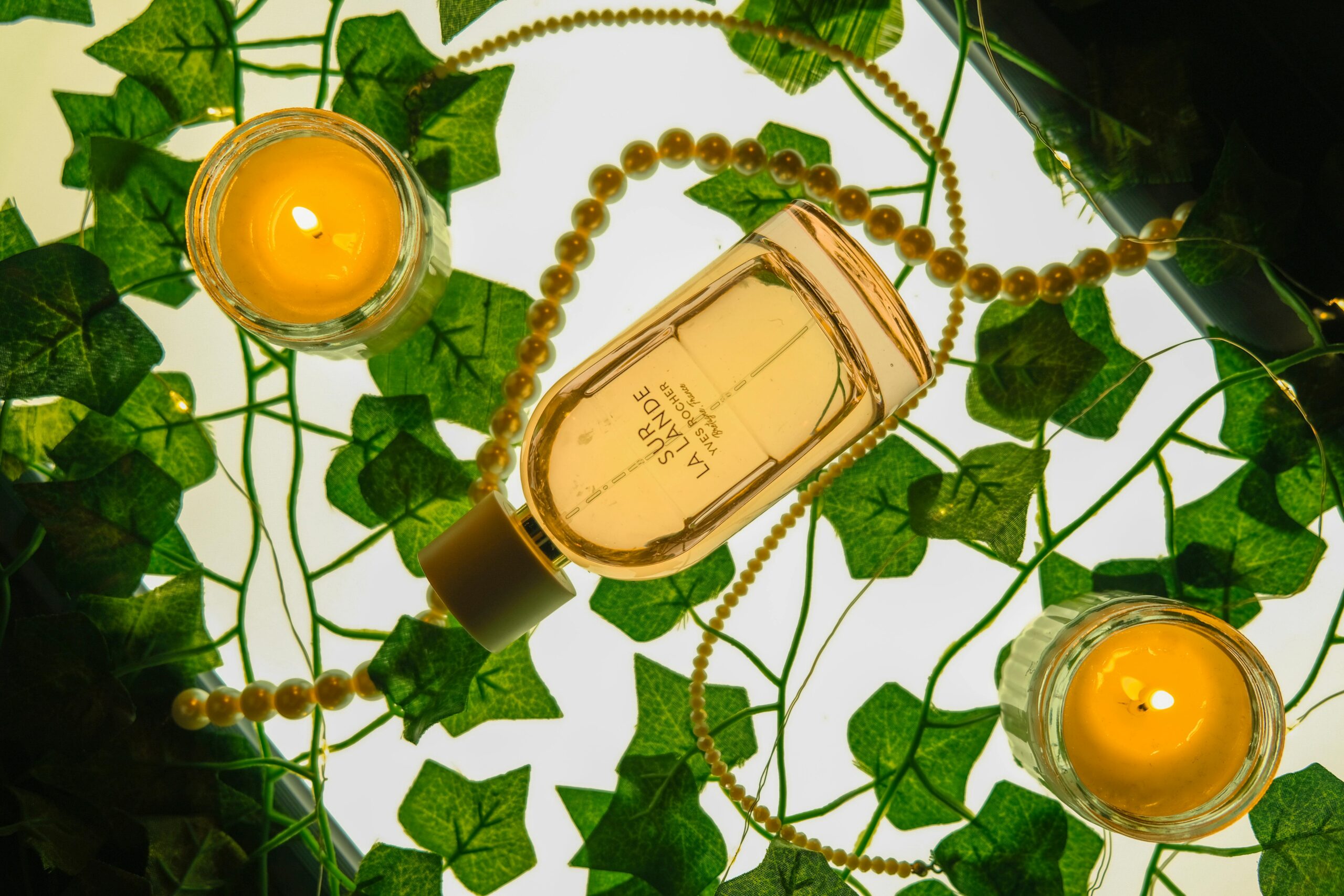Imagine walking into a luxury penthouse where walls breathe with verdant moss installations, water features create natural soundscapes that automatically adjust to your stress levels, and living wood furniture purifies the air while responding to seasonal changes. This isn’t science fiction – it’s biophilic luxury design for 2025, where cutting-edge technology meets ancient human instincts to create spaces that don’t just look extraordinary, but actively enhance your physical and mental wellbeing.
Traditional luxury interiors focus on visual impact and material opulence, but they often fall short of addressing our deepest psychological needs. The result? Beautifully sterile environments that leave inhabitants feeling disconnected and drained. Neuro-luxury design principles reveal that true wellness-centered luxury goes beyond aesthetics to create spaces that actively restore and energize through living architecture and biophilic integration.

This Photo was taken by Enes Beydilli.
The neuroscience revolution in luxury living spaces
Recent research from the Harvard T.H. Chan School of Public Health reveals that residents of biophilically designed spaces experience a 15% increase in cognitive function and a 25% improvement in comfort and well-being compared to conventional interiors. These findings have sparked a fundamental shift in how luxury designers approach high-end residential projects.
The human brain has evolved over millennia to find restoration in natural environments. When we integrate living architecture into luxury interiors, we’re not just following a trend – we’re responding to hardwired neurological patterns that affect everything from stress hormone production to creativity levels. This scientific foundation makes biophilic luxury design a smart investment in both property value and personal wellness.
| Biophilic Element | Wellness Benefit | Measurable Impact |
|---|---|---|
| Living walls | Air purification & humidity control | 30% reduction in indoor pollutants |
| Water features | Stress reduction & focus enhancement | 23% decrease in cortisol levels |
| Natural light systems | Circadian rhythm regulation | 40% improvement in sleep quality |
| Organic textures | Tactile comfort & grounding | 18% increase in relaxation response |
Sustainable luxury principles increasingly incorporate these wellness metrics as core design criteria, moving beyond traditional aesthetic considerations.

This Photo was taken by Cup of Couple.
Living architecture systems that transform luxury interiors
Living architecture represents the cutting edge of biophilic design, incorporating actual living systems into the structural and decorative elements of luxury homes. These installations go far beyond simple houseplants, creating dynamic environments that evolve and respond to both seasonal changes and inhabitant needs.
Integrated vertical ecosystems
Modern vertical gardens utilize hydroponic and aeroponic technologies to create stunning living walls that require minimal maintenance while delivering maximum impact. Advanced systems include automated nutrient delivery, LED grow lighting that complements natural illumination, and smart sensors that monitor plant health and air quality.
Leading luxury projects now incorporate modular living wall systems that can be customized with different plant species to achieve specific wellness goals. Lavender and jasmine modules promote relaxation in bedrooms, while eucalyptus and snake plants enhance focus in home offices. The result is a personalized wellness environment that adapts to different spaces and functions.
Bio-responsive water features
Water elements in biophilic luxury design extend beyond traditional fountains to include living aquatic systems that integrate with the home’s broader ecosystem. These features may include koi ponds with natural filtration systems, indoor streams that flow between rooms, and rain walls that create both visual drama and natural humidification.

This Photo was taken by Vlada Karpovich.
According to World Health Organization data, exposure to natural water sounds can reduce stress indicators by up to 37%, making these features valuable investments in long-term health outcomes.
Living structural elements
The most innovative biophilic luxury projects incorporate living materials into actual structural components. Living wood installations that continue growing within controlled interior environments, cork walls that naturally regulate humidity, and bamboo ceiling systems that provide both structure and air purification represent the future of wellness-centered architecture.
These elements align perfectly with climate-resilient luxury design principles, creating homes that actively contribute to environmental health while providing unparalleled living experiences.
Technology integration for intelligent biophilic systems
The luxury biophilic interiors of 2025 seamlessly blend natural elements with cutting-edge technology to create responsive, intelligent environments. These systems learn from inhabitant behavior and preferences, automatically adjusting conditions to optimize wellness outcomes.
Smart environmental controls
AI-powered adaptive interior design systems now monitor biometric data to adjust lighting, humidity, and air circulation in real-time. When stress levels rise, the system might increase the flow rate of water features, adjust the spectrum of LED plant lighting to promote relaxation, or release specific plant-based aromatics through living wall systems.
These intelligent controls integrate with wearable technology and health monitoring devices, creating a feedback loop that continually optimizes the living environment for peak wellness. The result is a home that actively supports your health goals rather than simply providing passive beauty.

This Photo was taken by Valeri Mak.
Biometric-responsive plant systems
Advanced biophilic installations now include plant species selected and positioned based on their specific wellness benefits and their ability to respond to environmental cues. Research from NASA’s Clean Air Study continues to inform plant selection, but modern applications go further by incorporating species that release beneficial compounds in response to specific triggers.
For example, certain plant varieties increase oxygen production during detected periods of high cognitive demand, while others release stress-reducing compounds when motion sensors indicate restless sleep patterns.
